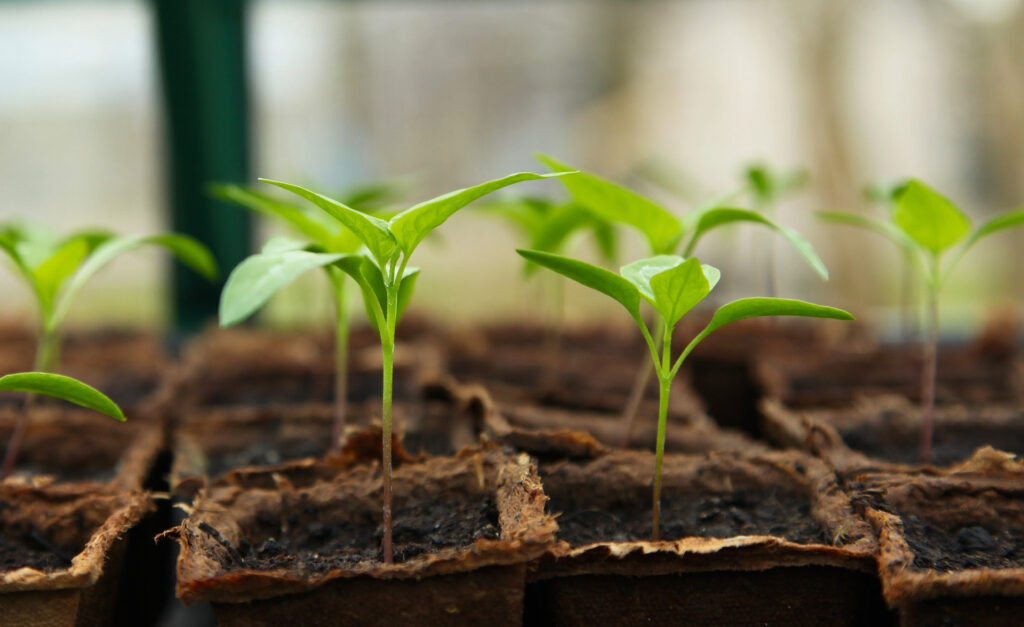August Routine Jobs Happy Friday GIYers, Time is one of the biggest obstacles people face when setting out to grow food. It may seem like a lot of work, but getting into a regular routine makes these small jobs quicker, easier, and ultimately part of the joy of growing. If you’re currently growing here are some routine jobs you should be doing in August. What’s in Season to GROW?There’s still some sowing left to be done before all the growth goes out of the year. Getting a good crop of green leaves underway is particularly important in August to ensure a good supply right into the winter months. Salad leaves are one of the quickest and easiest crops to grow, ideal for sowing in pots & window-boxes. Harvesting the young leaves when you need them prevents plants from maturing and ensures several harvests of small, tender, mild-flavoured leaves over a long period of time. Things To Sow Directly Outside:ChardAnnual Spinach KaleThings To Sow in Polytunnels:Sow a tray of beetroot to plant out into the polytunnel in the hope of getting a small crop before the end of October or in early springSow a full module tray of lettuce for transplanting into the tunnelSow small module trays of claytonia, coriander, chervil, and basilDirect sowing of oriental greens (mustard red frills and mizuna)Managing Pests & DiseaseAugust work normally seems less frenetic as we prepare our beds for the autumn/winter cropping. Though along with a return to more normal conditions we also have a return to more normal pest and disease problems. Pests and diseases are a natural part of growing, though how we respond to them depends on what sort of grower we are. If you value having a harvest free of pesticides and a garden with good biodiversity (as we do at GROWHQ) then an organic approach is needed. Potato Blight: Potato blight is something that can always start to rear its ugly head even with varieties that have some resistance. If the crop is ready then harvest immediately.If you intend to leave them in the soil any longer then we suggest cutting off the foliage and leave them in the ground. If they are a variety for storage then leave them in the soil for two or three weeks, for the blight spores to die off, then dig them up.Caterpillars: These pests normally appear on brassica plants (cabbage family). While netting can normally prevent them from getting at them sometimes not even that is enough (butterflies sneak in through any little gaps around the edge). If this is the case we suggest using an organic biological control – Bacillus huringensis – which are bacteria that only attack caterpillars. Mildew: Another major problem can be powdery mildew. This can be treated with spraying on milk diluted 10/1 (use skimmed if you don’t want your plants smelling of vomit!). We featured more advice for pests in Episode 7 (Slugs) & Episode 9 (Competition) of our How Food Grows web series. You can watch all episodes plus extra tips and tricks on our website,How Food GrowsWin €5,000 For A Community GardenA Picture Is Worth A 1,000 Words Our final phase of #GetIrelandGrowing has launched and we want to finish this amazing campaign with a bang. We want to get a visual representation of people all over Ireland growing and want you to take part. The best entry will WIN €3,000 cash for a community garden (new or existing) PLUS a Polytunnel from The Polytunnel Company! How To Enter: Get together with your friends, family and neighbours.Take a picture of your harvested veg and include your local flag or wearing your local/county colours.Share the pic with us on Facebook, Twitter or Instagram, tag @energiagig and #GetIrelandGrowing.Tell us how you would use €5,000 worth of cash and growing equipment to keep the good times growing in your community.Entrants can also enter by emailing the above to [email protected] Find Out More |
| Weekly Challenge Make Newspaper & Grass CompostHere’s how to make great compost for your veggie patch using two of the great waste creators in the home and garden – newspapers and grass cuttings. Build a heap (the ground surface area should be 1m by 1m) of alternating 30cm layers of crumpled newspaper and grass cuttings. Allow the heap to get quite tall – 4-6ft – and then leave it to rot down for a year. Watch our top 4 composting tips as featured in GROW COOK EAT.WatchJoin our GIYers Facebook GroupFor more growing advice we have set up a GIYers Facebook group as a place where all our GIYers can come together to share their growing tips, tricks, and troubles. What is the GIYers Facebook Group? We have set up a new Facebook group and are encouraging all you GIYers to ask any questions and kick off discussions you might have about growing. This group will also feature;Exclusive GIY resourcesQ&As In this group feel free to:Answer questions postedShare your own growing journey & progressPost any tips & tricks you’ve learned Ask your own questions if you’re having trouble (it happens to the best of us). |




